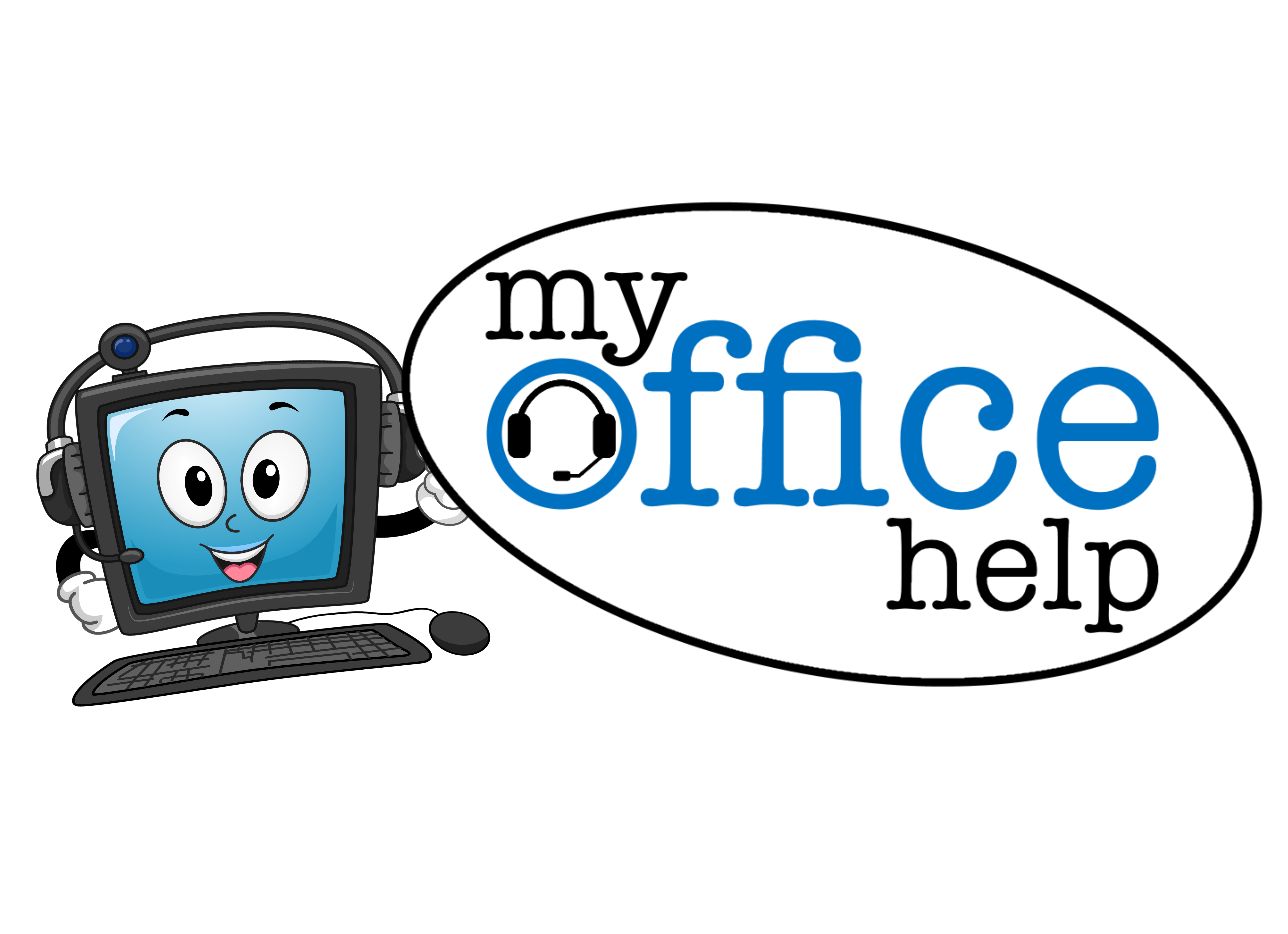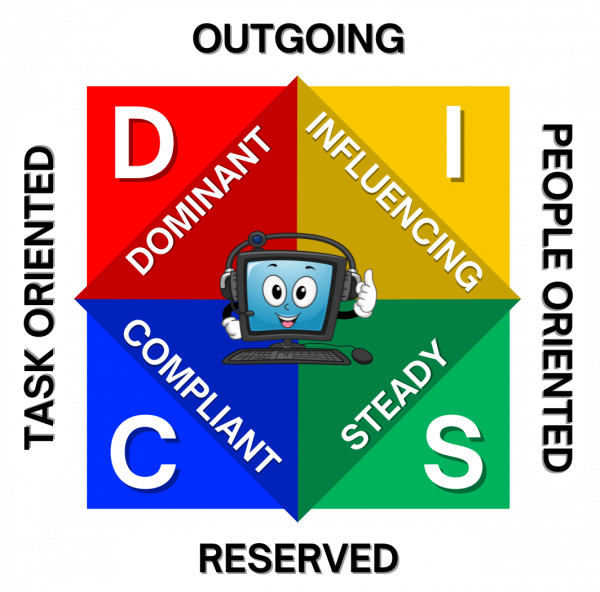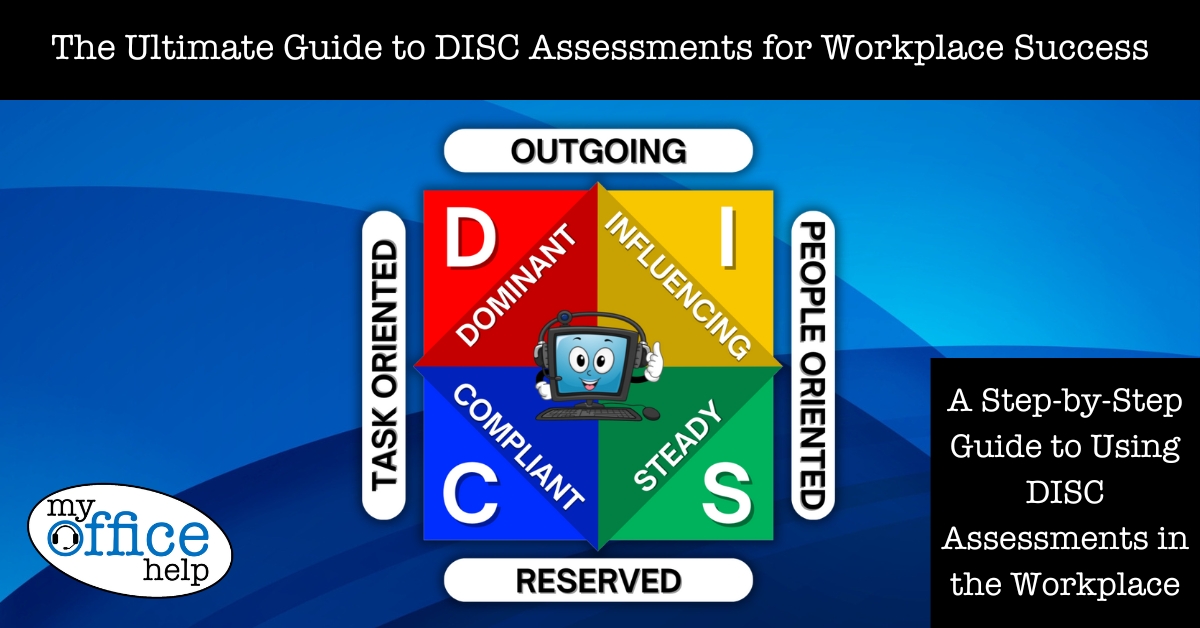
The Ultimate Guide to DISC Assessments for Workplace Success
Introduction
In today’s dynamic workplace environment, understanding the diverse personalities within your team is key to enhancing productivity and communication. The DISC Assessment is a powerful tool used to evaluate behavioral styles, helping individuals and organizations navigate interactions more effectively. This step-by-step guide will help you understand the DISC Assessment, why it’s crucial for your office, and how you can implement it for improved teamwork and overall workplace success.
Step-by-Step Guide to Using DISC Assessments in the Workplace
Step 1: Understanding DISC Assessment Basics
The DISC Assessment focuses on four primary personality traits: Dominant (D), Influencing (I), Steady (S), and Compliant (C). These traits categorize individuals into distinct behavior patterns:
- Dominant (D): People who prioritize results, confidence, and control.
- Influencing (I): Individuals who value communication, relationships, and enthusiasm.
- Steady (S): Those who are cooperative, dependable, and value harmony.
- Compliant (C): Detail-oriented individuals who prioritize accuracy, structure, and precision.
Knowing these traits can provide insights into how individuals prefer to communicate, work, and make decisions.
Step 2: Why DISC Assessments are Important for Your Office
DISC assessments are essential because they allow employers and team leaders to tailor their management and communication styles to better fit each team member. Here are some reasons why DISC is important:
- Improved Communication: Helps bridge gaps between team members who may struggle to communicate effectively.
- Increased Productivity: Identifying work preferences boosts productivity by ensuring each employee is working in a way that best suits their natural strengths.
- Conflict Resolution: Understanding individual personalities helps to address and prevent workplace conflicts.
- Employee Development: Provides a roadmap for career growth by aligning employees’ strengths with organizational needs.
Step 3: Administering the DISC Assessment
To begin, you’ll want to select a reliable DISC assessment provider. My Office Help offers DISC Assessments! Follow these steps to administer the assessment:
- Select Your Team: Identify key team members who will take the assessment. Ideally, you’ll want a cross-section of your workforce to get a well-rounded view.
- Distribute the Assessment: Send the DISC assessment via email or set up a scheduled time for employees to complete it (See the Call To Action Below For a Special Discount).
- Gather Results: Once the assessments are completed, compile the results to identify the predominant DISC traits within your team.
Step 4: Interpreting DISC Results
Once the assessments are completed, it’s time to analyze the data:
- Group by Personality Types: Divide your team into the four categories (D, I, S, C) based on their results. This will help you see trends and balance within the team.
- Match Roles to Personalities: Align job roles and tasks with the strengths and traits of your employees. For instance, employees with high Dominant (D) may excel in leadership roles, while those with high Compliant (C) are ideal for detail-oriented positions.
- Focus on Team Dynamics: Use the DISC results to understand how team members interact. For example, someone high in Influencing (I) may work better with those who appreciate social interaction, while someone high in Steady (S) may require clear structure and defined responsibilities.
Step 5: Applying DISC in Daily Operations
Once you’ve gathered and analyzed the DISC assessment results, the next step is to integrate this understanding into your workplace routines. Here’s how:
- Tailor Communication Styles: Adjust your communication methods based on DISC types. Those with high Influencing (I) may appreciate open conversations, while Compliant (C) individuals may prefer detailed instructions.
- Create Balanced Teams: Build project teams that include a mixture of DISC types. A blend of Dominant (D) and Steady (S) often brings both leadership and stability, leading to better collaboration.
- Provide Targeted Feedback: Use DISC insights when giving feedback. Employees with high Dominant (D) value direct and clear feedback, while Steady (S) personalities may prefer more collaborative conversations.
Step 6: Leveraging DISC for Leadership Development
Leadership is crucial in any organization, and DISC can be used as a key tool to enhance leadership capabilities. Leaders can:
- Understand Their Own DISC Style: Self-awareness is the foundation of good leadership. When leaders know their DISC profile, they can better understand how their style impacts their team.
- Adapt Leadership Techniques: Great leaders adjust their management techniques based on the DISC profiles of their team. For example, a leader may need to offer more autonomy to Dominant (D) employees and more reassurance to Steady (S) employees.
Step 7: Utilizing DISC for Conflict Resolution

Conflicts are inevitable in any workplace, but DISC can be used to reduce tension. By understanding each team member’s personality, you can predict and diffuse conflicts early on:
- Identify Potential Clashes: Know which DISC profiles might clash and create strategies to minimize friction.
- Coach Employees on Communication: Help employees adjust their communication based on DISC profiles. This fosters understanding and prevents misunderstandings.
Step 8: Measuring the Success of DISC Implementation
Finally, it’s important to evaluate the success of using DISC assessments in your office:
- Monitor Team Performance: Look for improvements in productivity, communication, and collaboration.
- Adjust as Needed: Regularly revisit DISC assessments, especially if there are changes in your team. This ensures continued alignment between roles and personality traits.
Conclusion
Implementing DISC assessments in your workplace can be a game-changer. It empowers leaders to understand their team members better, foster stronger communication, resolve conflicts efficiently, and boost overall productivity. By following this step-by-step guide, you can successfully use DISC assessments to transform your office environment and drive long-term success.
Call to Action: 25% Off DISC Assessments!
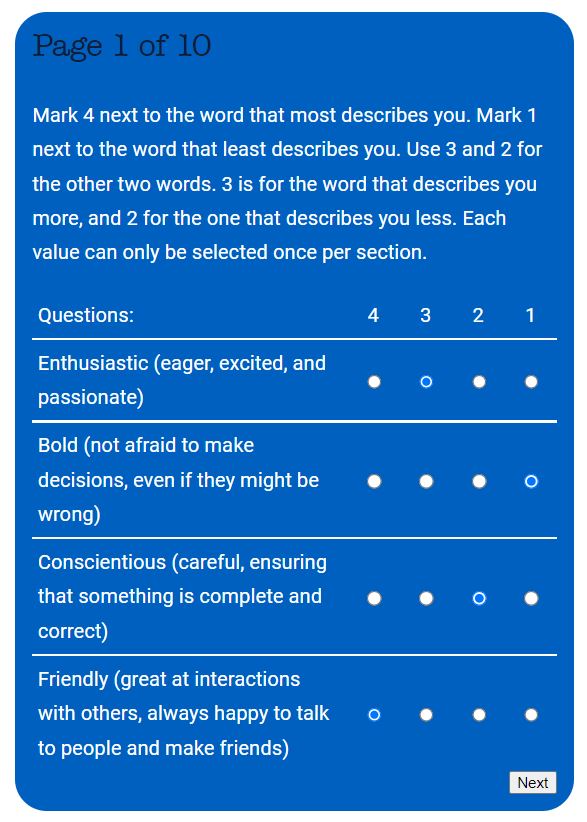
Enhance your team’s productivity and communication with My Office Help’s DISC Assessment! Get 25% off your assessment with code discmoh25 at DISC.MyOfficeHelp.com.
Bonus Offer!
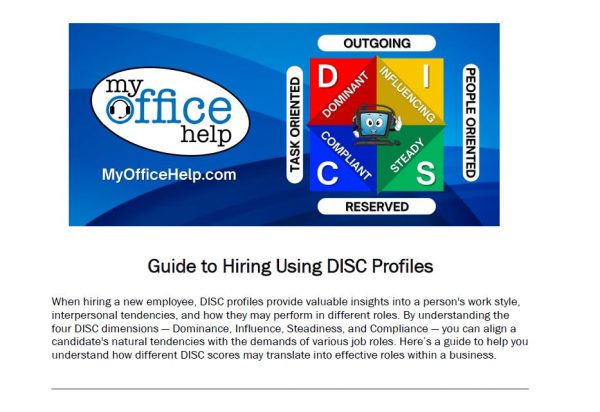
Download a FREE Guide to Hiring Using DISC. CLICK HERE to get your guide today!
FAQs
- How long does a DISC assessment take to complete?
Most DISC assessments take around 10-15 minutes to complete, providing fast yet insightful results. - Can DISC assessments be used for hiring?
Yes, DISC assessments can help match candidates with roles that fit their personality strengths. - Are DISC assessments scientifically valid?
DISC assessments are based on well-researched psychological theories and are widely accepted as reliable behavioral tools. - How often should DISC assessments be conducted?
It’s beneficial to conduct DISC assessments annually or when team dynamics change. - Is DISC suitable for remote teams?
Absolutely! DISC assessments are digital-friendly and can be used to improve communication in remote or hybrid teams.
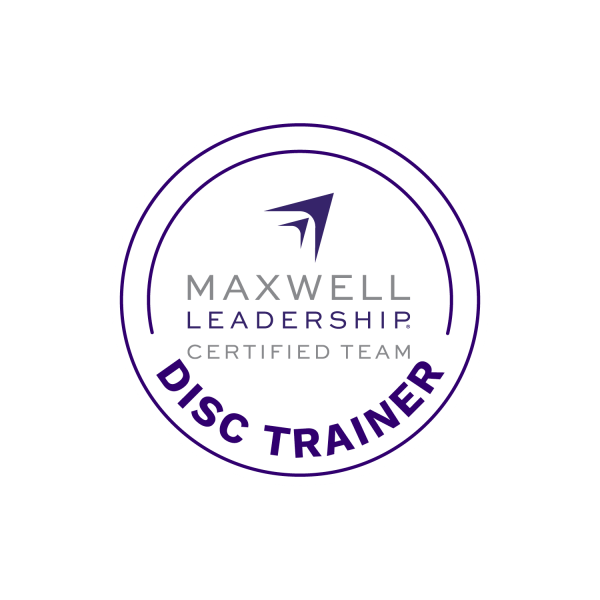
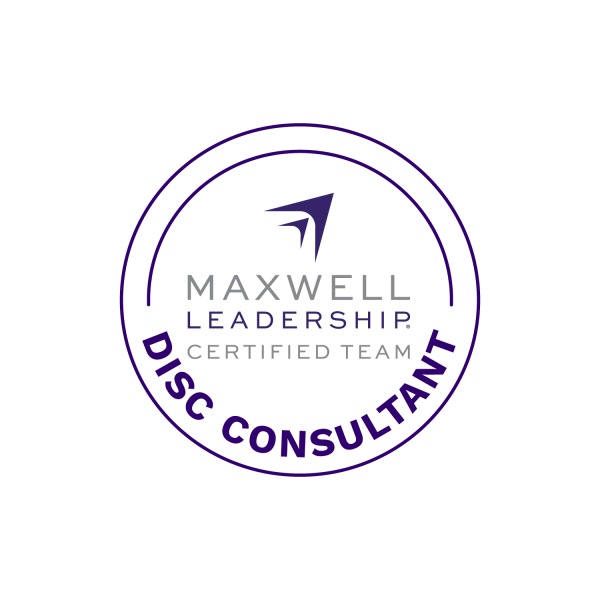
Related Posts
Service with Impact: How Giving Back Grows Your Business In today’s business landscape, success isn’t solely defined by revenue. Companies that prioritize giving back not only contribute to a stronger [...]
Turn One-Time Customers into Lifelong Clients Running a successful contracting business isn’t just about landing jobs—it’s about creating relationships that lead to consistent work a steady income and turn one-time [...]
Unlock Your Freedom: How My Office Manager (MOM) Transforms Contractor-Client Communication In the fast-paced world of contracting, time is your most valuable asset. Every minute you spend managing client communication, [...]
